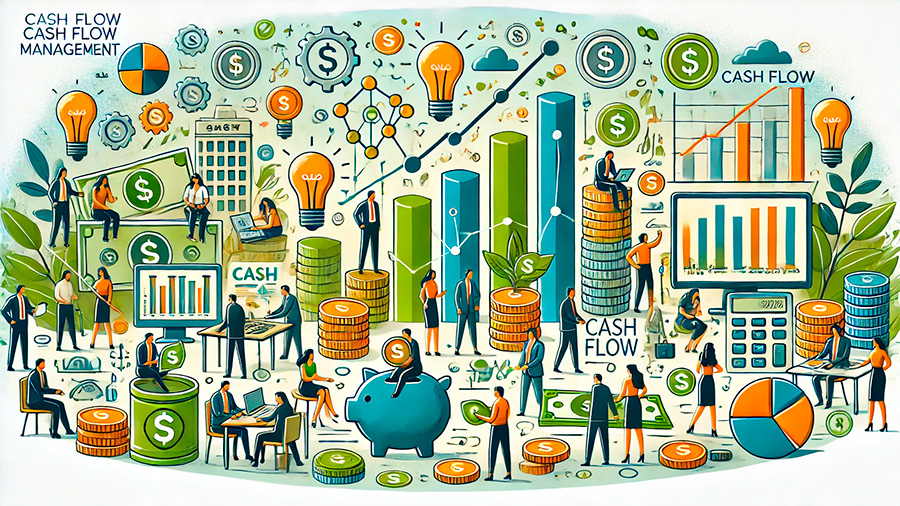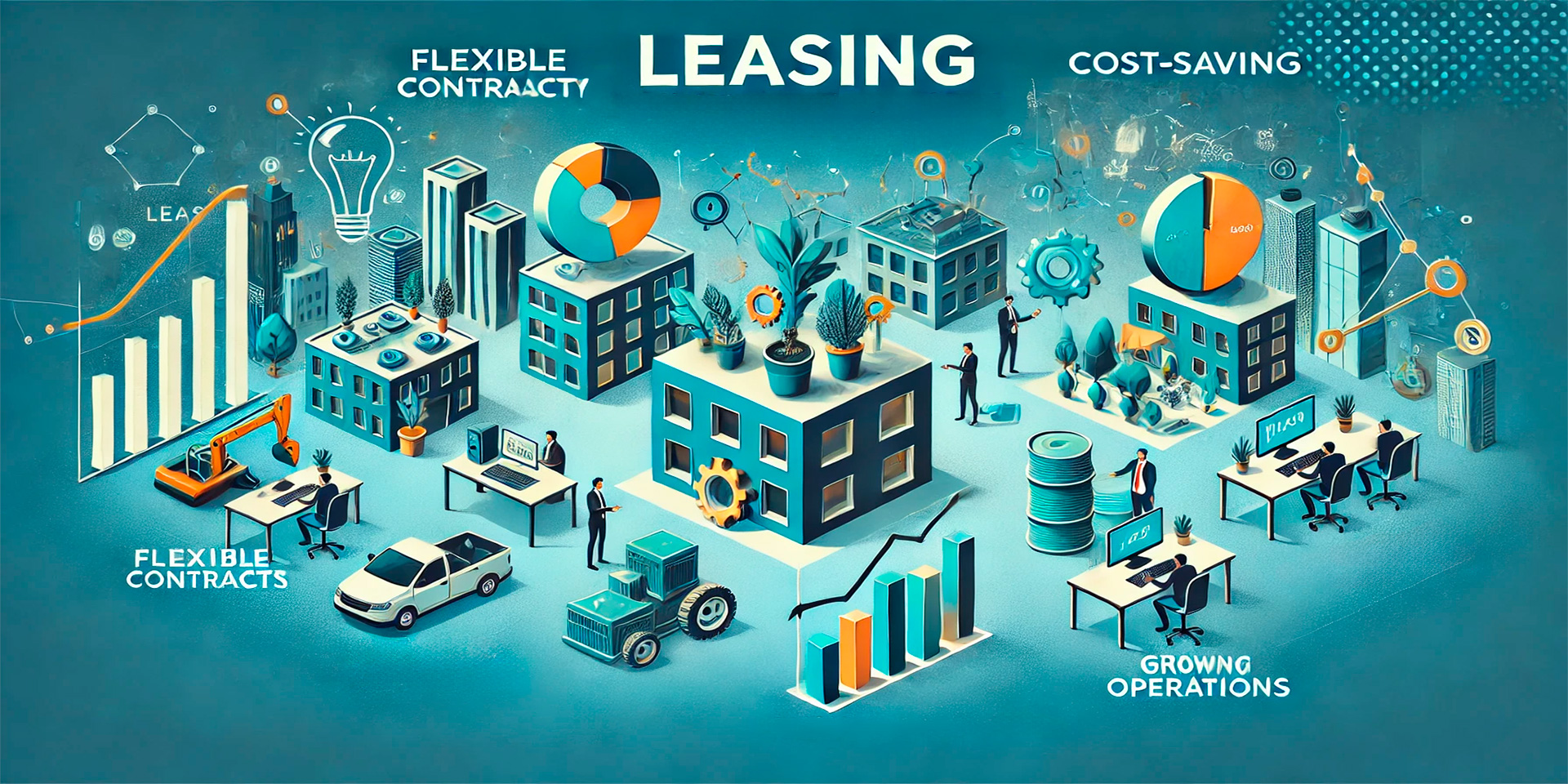For businesses looking to acquire essential equipment, vehicles, or technology, purchasing outright often requires a significant upfront investment. This can strain cash flow and limit the ability to invest in other areas of the business. Leasing offers a cost-effective alternative, allowing businesses to access the assets they need without large capital outlays. By spreading payments over time, leasing helps businesses manage cash flow more effectively, reduce overall capital expenditure, and maintain financial flexibility.
In this article, we explore how leasing can be a cost-effective alternative to buying, highlighting the benefits it offers to businesses of all sizes.
Lower Upfront Costs and Capital Preservation
One of the primary benefits of leasing is the lower upfront costs compared to purchasing. Buying assets often requires a large initial investment, which can deplete cash reserves and limit a business’s ability to fund other critical initiatives. Leasing allows businesses to spread the cost over time, preserving capital that can be used for operations, marketing, or expansion efforts.
For example, a business that needs to upgrade its office technology can lease computers, printers, and servers rather than purchasing them. This approach reduces the need for a large one-time payment and frees up funds that can be used to invest in employee training, product development, or other growth initiatives. By preserving cash flow, leasing enables businesses to remain agile and pursue new opportunities.

Improved Cash Flow Management
Leasing helps businesses manage their cash flow more effectively by offering predictable, fixed monthly payments. This financial stability allows businesses to plan for future expenses with greater accuracy, ensuring that cash flow remains consistent. Unlike purchasing, which can introduce variability due to unexpected maintenance costs or depreciation, leasing provides certainty in budgeting.
For growing businesses, predictable lease payments enable better financial planning and resource allocation. This helps avoid the cash flow challenges that can arise from large capital expenditures, making it easier for businesses to focus on scaling and improving operations.
Access to Modern Equipment and Technology
In industries where technology and equipment are rapidly evolving, purchasing assets can lead to ownership of outdated tools that no longer meet the needs of the business. Leasing offers a way to access the latest equipment and technology without the risk of obsolescence. Businesses can upgrade or replace leased assets at the end of the lease term, ensuring they always have access to the most efficient tools available.
For example, a company in the healthcare industry might lease medical devices that require frequent updates to remain compliant with industry standards. Leasing allows the company to upgrade equipment regularly without the financial burden of purchasing new devices each time. This ensures the business remains competitive and can deliver the highest quality of service to customers.

Minimized Maintenance and Repair Costs
Leasing agreements often include provisions for maintenance and repairs, transferring the responsibility to the lessor. This can significantly reduce the costs and risks associated with owning equipment. Businesses that purchase assets outright must cover the full cost of maintenance and repairs, which can become increasingly expensive as equipment ages.
For instance, a transportation company leasing vehicles may have the maintenance and repairs handled by the lessor, reducing operational disruptions and keeping costs predictable. This arrangement allows businesses to focus on their core operations without the worry of unexpected repair expenses.
Tax Advantages of Leasing
Leasing can also provide tax advantages that make it an even more cost-effective option for businesses. Lease payments are typically classified as operating expenses, which means they can be deducted from taxable income. This reduces a company’s overall tax liability and improves cash flow. In contrast, purchasing assets may only offer limited tax benefits through depreciation, which does not provide the same immediate financial relief.
By reducing taxable income through lease payments, businesses can retain more capital for growth and expansion. This tax advantage, combined with the financial flexibility leasing offers, makes it an appealing alternative to buying for many businesses.
Flexibility and Adaptability
Leasing provides businesses with greater flexibility compared to buying. If business needs change—whether due to market conditions, technological advancements, or expansion—leasing allows companies to adapt more easily. Businesses can return leased assets at the end of the lease term and replace them with equipment that better suits their evolving needs, without the long-term commitment of ownership.
This flexibility is particularly valuable for businesses in fast-paced industries like technology, manufacturing, or logistics, where equipment and tools must be frequently updated to remain competitive. Leasing ensures businesses can stay agile, keeping pace with industry changes without being burdened by outdated assets.
Conclusion
Leasing offers a cost-effective alternative to purchasing for businesses, providing reduced upfront costs, management, and access to the latest equipment and technology. By minimizing maintenance expenses, offering tax advantages, and providing the flexibility to adapt to changing business needs, leasing helps businesses maintain financial stability while pursuing growth. For companies seeking to optimize their operations without the financial strain of purchasing assets outright, leasing is a practical and strategic option.


